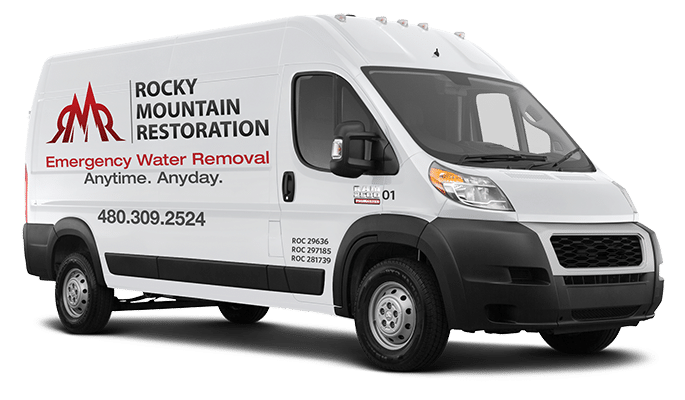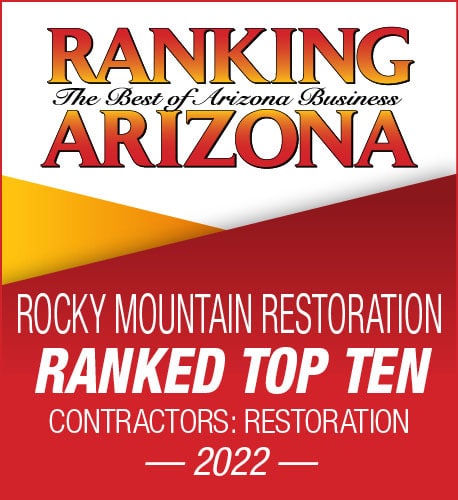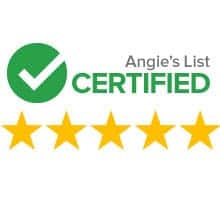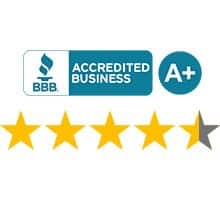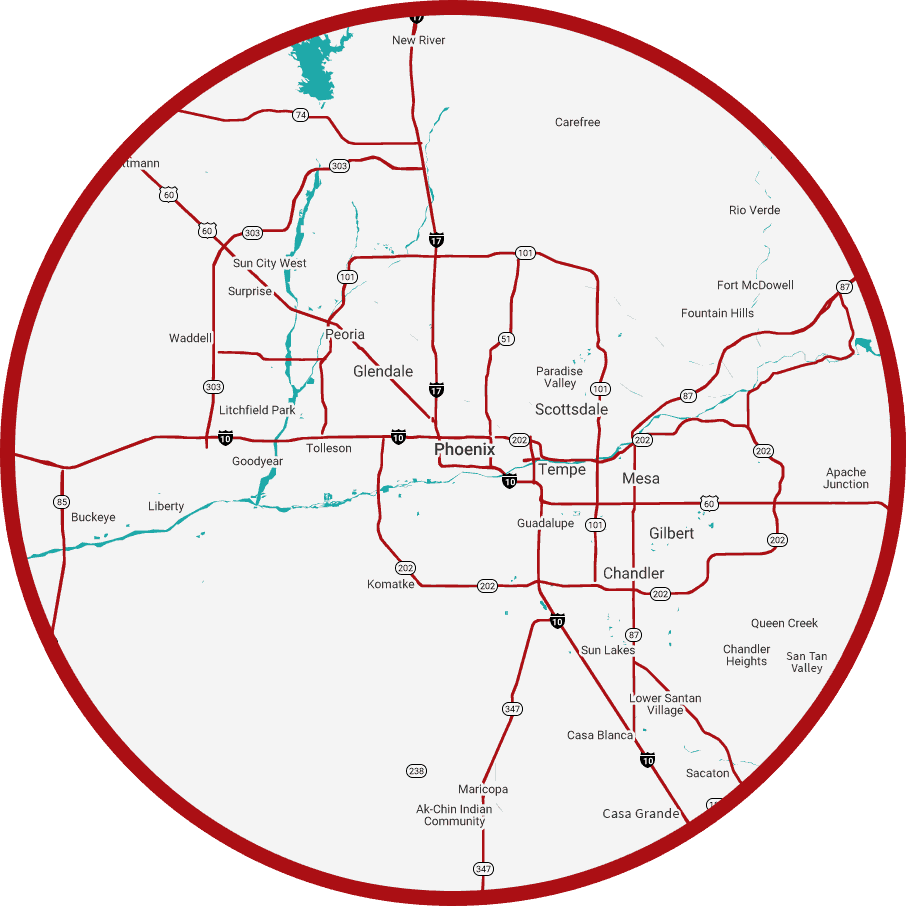Ever wondered how places like hospitals and labs deal with their waste? It’s a big deal for keeping us safe. They handle a lot of biohazardous waste, which is risky if not disposed of right.
Getting rid of biohazards needs special care. For example, sharp items go in special containers. Other waste might get autoclaved or incinerated. Liquids get treated with bleach or steam.
Experts in biohazard cleanup follow strict rules. They use special containers and follow rules to keep us safe. Every step is about safety and following the law.
Key Takeaways
- Lab workers must complete Biosafety Training before processing biohazardous waste through steam autoclaves.
- Liquid infectious waste requires a final concentration of 10-20% bleach for chemical inactivation.
- Solid infectious waste should be placed in bioboxes lined with two red bags and sealed with lab tape or packing tape.
- Safe biohazard disposal includes steps like steam sterilization, chemical inactivation, and proper sealing and labeling of disposal containers.
- The disposal of biohazardous waste is crucial for protecting healthcare staff and patients from potential harm and infection.
Types of Biohazardous Waste
Biohazardous waste falls into four main categories: infectious waste, biomedical waste, clinical medical waste, and other types. It’s crucial to sort, identify, clean, and dispose of these wastes properly. This helps reduce risks to workers and the environment.
- Infectious Waste: This includes blood, body fluids, and tissues. For example, tubes with blood are sharps waste if they’re glass to avoid breaking.
- Biomedical Waste: This comes from medical treatments or lab work. It includes contaminated glassware, cultures, and specimens. Lab plastics like pipettes and culture plates go in biohazard bags that are red, orange, or have the biohazard symbol in BSL-2 labs.
- Clinical Medical Waste: Medical sharps like needles and scalpels are dangerous and must be thrown away in special containers. These containers are FDA-approved and have restricted openings. They should be cleaned with disinfectant before being thrown away and kept closed when 2/3 to 3/4 full.
- Other Biohazardous Waste Categories: This includes animal waste, human body parts, contaminated bandages, and liquid biological waste. Animal carcasses need to be stored and labeled correctly before being incinerated. Autoclave treatment is used for many types of waste to kill pathogens before disposal.
Liquid biological waste is often treated with disinfectants like bleach. It makes up 10% to 15% of the waste and needs at least 30 minutes of contact time. Solid waste goes in leak-proof containers with autoclavable bags to prevent leaks and contamination. Managing these waste types properly keeps our environment and health safe.
How do you get rid of biohazards?
The way to remove biohazards depends on their form and how contaminated they are. Non-sharps, like gloves, are put in leak-proof containers with autoclave bags. These are either autoclaved or sent to certified medical waste contractors for disposal.
Sharps, such as needles, go into FDA-approved containers. They are then treated at specialized facilities off-site. Bulk liquid waste, like blood, is stored in leak-proof containers. It’s treated with disinfectants or autoclaved before being disposed of responsibly.
Not disposing of hazardous waste correctly can lead to more trash and fines. Garbage haulers can’t handle waste with sharps or biohazards.
Properties with these programs feel more confident in their waste disposal. They have licensed staff and educational materials around trash areas. This teaches people about the dangers of dumping hazardous waste and helps avoid fines.
If you’re looking for “biohazard cleanup near me”, make sure the service follows all rules and uses safe practices. This protects everyone and keeps the environment safe while following local laws.
Conclusion
Managing biohazards is key to keeping people and the environment safe. Choosing the right disposal methods like autoclaving, incineration, or chemical treatment is important. Each method is best for different types of hazardous waste.
For example, autoclaving works well for medical waste. Incineration is better for pathological waste and sharps. It’s vital to follow industry standards and local laws to avoid health risks.
Having clear procedures and ongoing training in biohazard disposal is essential. Workers must wear protective gear like hazmat suits and gloves. This prevents them from getting sick.
Keeping records and following legal rules is also important. This helps avoid fines and lawsuits. For example, OSHA’s Bloodborne Pathogen Standard requires safety gear and vaccines for at-risk workers.
Biohazard cleanup services are often better and cheaper than doing it yourself. They use tests to check if areas are clean. Not dealing with biohazards can cause disease outbreaks, legal problems, and high cleanup costs.
By following best practices, using professional services, and knowing the laws, we can reduce biohazard risks. This protects public health and the environment.
